Top 5 AI tools DevOps Engineers must know in 2025 | TurtleCI
Artificial Intelligence (AI) is not a magic wand for DevOps teams. Even with the best AI tools DevOps Engineers must know, success still depends on strategy and execution. In fact, in many cases, it can introduce more noise than clarity if misused. But when deployed strategically, the role of AI in DevOps and particularly in the CI/CD pipeline becomes a game-changer. AI can significantly improve productivity, enhance decision-making, and free up engineers to focus on more strategic and valuable work. In the full article, TurtleCI dive deep into the top 5 AI tools DevOps Engineers must know to optimize their workflows and stay ahead in an increasingly automated landscape. Top 5 AI tools DevOps Engineers must know to optimize benefit Choosing the right AI tools for DevOps is not just about picking the most popular names — it’s about selecting solutions that deliver real-world value across the DevOps lifecycle. The tools highlighted here were chosen because they each represent critical needs: monitoring and observability, deployment verification, infrastructure automation, incident management, and predictive analytics. Their selection was based on the experienced adoption in the DevOps ecosystem, peer feedback, working integrations with CI/CD pipelines, and support from industry leaders like Dynatrace, GitHub, Harness, PagerDuty, and DataRobot. Their value lies in the absence of speculation. These tools are tested in real life, giving a competitive edge to modern resilient DevOps teams. 1. AIOps by Dynatrace Dynatrace, founded in Austria, is a leader in application performance monitoring and observability. Their AIOps solution has become a staple in enterprise DevOps environments. How It Solves Problems: Dynatrace’s AIOps uses AI in DevOps to detect anomalies, pinpoint root causes, and suggest remediations before incidents escalate, significantly reducing downtime and alert noise. Integration Tips: Deploy Dynatrace OneAgent across your infrastructure to automatically monitor your full-stack environments. Integrate with CI/CD workflows via Dynatrace APIs to trigger proactive remediation scripts during deployments. 2. Harness for continuous verification Harness, a San Francisco-based startup, revolutionized continuous delivery with AI-powered automation. How It Solves Problems: Its Continuous Verification module ensures safer deployments by analyzing logs, metrics, and APM data, reducing manual validation efforts and decreasing rollback incidents. Integration Tips: Connect Harness to your CI/CD pipeline tools like Jenkins, TurtleCI, CircleCI, or GitLab CI. Define verification steps in your pipeline YAMLs to enable automatic rollback if anomalies are detected. 3. GitHub Copilot for Infrastructure as Code (IaC) Introduction Developed by GitHub and OpenAI, GitHub Copilot uses OpenAI Codex models to suggest code, becoming a powerful ally for Infrastructure as Code development. How It Solves Problems: Copilot accelerates IaC development by auto-suggesting Terraform scripts, Kubernetes configurations, and CI/CD workflows, reducing coding errors and boosting delivery speed. Integration Tips: Install GitHub Copilot as an extension in Visual Studio Code. Focus on training Copilot with your organization’s specific coding standards by writing detailed prompts and examples. 4. PagerDuty for Intelligent Triage Introduction PagerDuty, headquartered in San Francisco, is known for its incident response platform. Intelligent Triage is their AI-powered module to enhance alert handling. How It Solves Problems: PagerDuty prioritizes incidents based on urgency and historical data, minimizing alert fatigue and ensuring critical issues are addressed first. Integration Tips: Integrate PagerDuty with monitoring tools like Datadog, New Relic, or AWS CloudWatch. Set custom event rules to train the AI models with your team’s specific escalation policies. 5. DataRobot MLOps for Predictive Analytics Introduction DataRobot, a Boston-based company, focuses on democratizing AI with its enterprise ML platform, including MLOps functionalities tailored for production environments. How It Solves Problems: DataRobot MLOps manages model deployment, monitoring, and retraining, enabling DevOps teams to predict system behaviors and resource scaling needs before problems occur. Integration Tips: Integrate DataRobot’s prediction services into your microservices architecture via APIs. Set up automated retraining pipelines using CI/CD integrations to maintain model relevance. Mastering these AI tools DevOps Engineers must know is essential, but real mastery also requires sharpening the mindset that guides how we use them. Mindset is still the best tool for DevOps Engineers Even with the rise of AI tools for DevOps, there’s one thing no machine can replicate: the human mindset. Technology can automate tasks and surface insights, but it’s your critical thinking, curiosity, and adaptability that make the real difference. AI shou

Artificial Intelligence (AI) is not a magic wand for DevOps teams. Even with the best AI tools DevOps Engineers must know, success still depends on strategy and execution. In fact, in many cases, it can introduce more noise than clarity if misused. But when deployed strategically, the role of AI in DevOps and particularly in the CI/CD pipeline becomes a game-changer. AI can significantly improve productivity, enhance decision-making, and free up engineers to focus on more strategic and valuable work.
In the full article, TurtleCI dive deep into the top 5 AI tools DevOps Engineers must know to optimize their workflows and stay ahead in an increasingly automated landscape.
Top 5 AI tools DevOps Engineers must know to optimize benefit
Choosing the right AI tools for DevOps is not just about picking the most popular names — it’s about selecting solutions that deliver real-world value across the DevOps lifecycle. The tools highlighted here were chosen because they each represent critical needs: monitoring and observability, deployment verification, infrastructure automation, incident management, and predictive analytics.
Their selection was based on the experienced adoption in the DevOps ecosystem, peer feedback, working integrations with CI/CD pipelines, and support from industry leaders like Dynatrace, GitHub, Harness, PagerDuty, and DataRobot. Their value lies in the absence of speculation. These tools are tested in real life, giving a competitive edge to modern resilient DevOps teams.
1. AIOps by Dynatrace
Dynatrace, founded in Austria, is a leader in application performance monitoring and observability. Their AIOps solution has become a staple in enterprise DevOps environments.
How It Solves Problems: Dynatrace’s AIOps uses AI in DevOps to detect anomalies, pinpoint root causes, and suggest remediations before incidents escalate, significantly reducing downtime and alert noise.
Integration Tips: Deploy Dynatrace OneAgent across your infrastructure to automatically monitor your full-stack environments. Integrate with CI/CD workflows via Dynatrace APIs to trigger proactive remediation scripts during deployments.
2. Harness for continuous verification
Harness, a San Francisco-based startup, revolutionized continuous delivery with AI-powered automation.
How It Solves Problems: Its Continuous Verification module ensures safer deployments by analyzing logs, metrics, and APM data, reducing manual validation efforts and decreasing rollback incidents.
Integration Tips: Connect Harness to your CI/CD pipeline tools like Jenkins, TurtleCI, CircleCI, or GitLab CI. Define verification steps in your pipeline YAMLs to enable automatic rollback if anomalies are detected.
3. GitHub Copilot for Infrastructure as Code (IaC) Introduction
Developed by GitHub and OpenAI, GitHub Copilot uses OpenAI Codex models to suggest code, becoming a powerful ally for Infrastructure as Code development.
How It Solves Problems: Copilot accelerates IaC development by auto-suggesting Terraform scripts, Kubernetes configurations, and CI/CD workflows, reducing coding errors and boosting delivery speed.
Integration Tips: Install GitHub Copilot as an extension in Visual Studio Code. Focus on training Copilot with your organization’s specific coding standards by writing detailed prompts and examples.
4. PagerDuty for Intelligent Triage Introduction
PagerDuty, headquartered in San Francisco, is known for its incident response platform. Intelligent Triage is their AI-powered module to enhance alert handling.
How It Solves Problems: PagerDuty prioritizes incidents based on urgency and historical data, minimizing alert fatigue and ensuring critical issues are addressed first.
Integration Tips: Integrate PagerDuty with monitoring tools like Datadog, New Relic, or AWS CloudWatch. Set custom event rules to train the AI models with your team’s specific escalation policies.
5. DataRobot MLOps for Predictive Analytics Introduction
DataRobot, a Boston-based company, focuses on democratizing AI with its enterprise ML platform, including MLOps functionalities tailored for production environments.
How It Solves Problems: DataRobot MLOps manages model deployment, monitoring, and retraining, enabling DevOps teams to predict system behaviors and resource scaling needs before problems occur.
Integration Tips: Integrate DataRobot’s prediction services into your microservices architecture via APIs. Set up automated retraining pipelines using CI/CD integrations to maintain model relevance.
Mastering these AI tools DevOps Engineers must know is essential, but real mastery also requires sharpening the mindset that guides how we use them.
Mindset is still the best tool for DevOps Engineers
Even with the rise of AI tools for DevOps, there’s one thing no machine can replicate: the human mindset. Technology can automate tasks and surface insights, but it’s your critical thinking, curiosity, and adaptability that make the real difference. AI should be your co-pilot, not your replacement.
If you want to get the most out of AI in DevOps, here are some battle-tested habits:
- Trust your instincts: Always double-check AI-generated insights against your own understanding of the system.
- Know the boundaries: Remember, even the smartest AI tools have blind spots. Stay aware of their limitations.
- Keep learning: AI models evolve, and so should your skills. Stay sharp with regular upskilling.
- Use AI as a springboard: Let AI handle the repetitive tasks so you can focus on creative problem-solving.
- Build a culture of experimentation: Encourage your team to explore, test, and challenge AI recommendations — that’s how you truly level up.
DevOps is changing fast, but the engineers who combine powerful tools with sharp thinking will always be the ones leading the charge.






















































-Reviewer-Photo-SOURCE-Julian-Chokkattu-(no-border).jpg)



















































































































![[The AI Show Episode 146]: Rise of “AI-First” Companies, AI Job Disruption, GPT-4o Update Gets Rolled Back, How Big Consulting Firms Use AI, and Meta AI App](https://www.marketingaiinstitute.com/hubfs/ep%20146%20cover.png)













































































































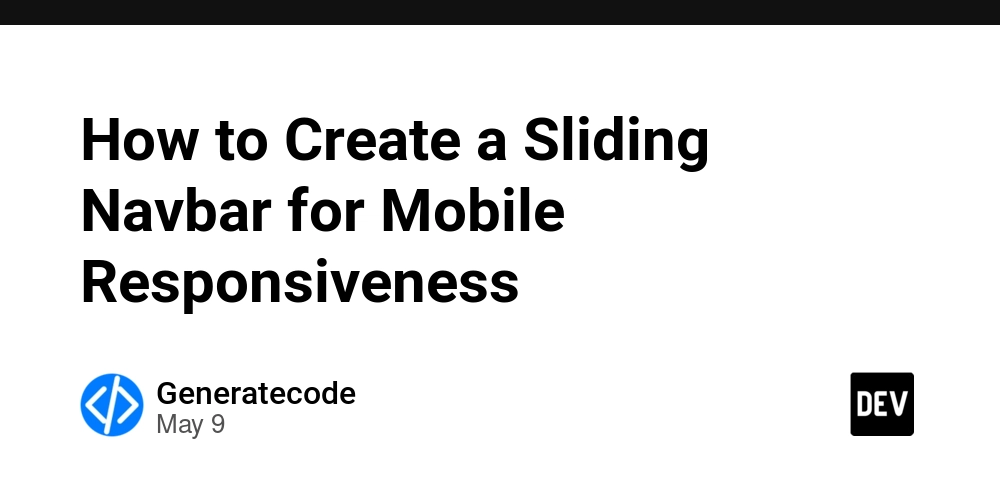
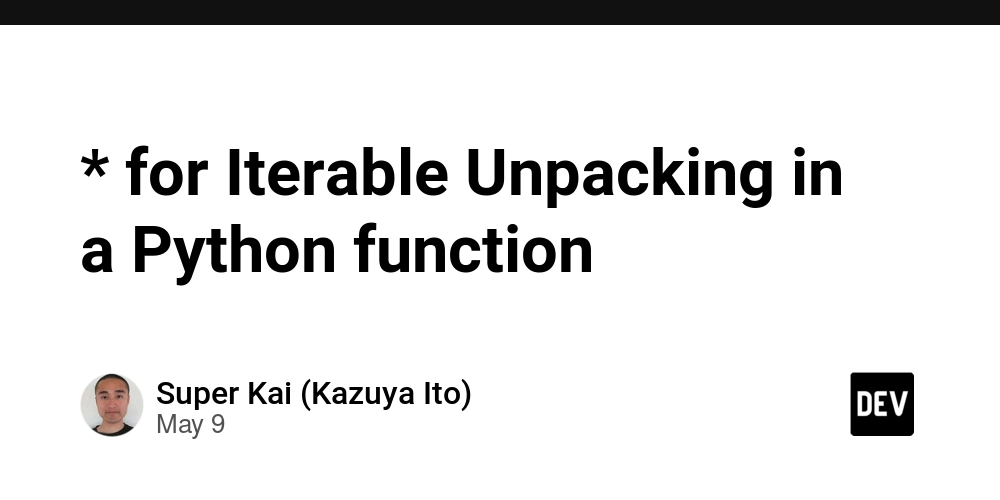















![Life in Startup Pivot Hell with Ex-Microsoft Lonewolf Engineer Sam Crombie [Podcast #171]](https://cdn.hashnode.com/res/hashnode/image/upload/v1746753508177/0cd57f66-fdb0-4972-b285-1443a7db39fc.png?#)




























































.jpg?width=1920&height=1920&fit=bounds&quality=70&format=jpg&auto=webp#)




















































-Nintendo-Switch-2-Hands-On-Preview-Mario-Kart-World-Impressions-&-More!-00-10-30.png?width=1920&height=1920&fit=bounds&quality=70&format=jpg&auto=webp#)

























_Andrey_Khokhlov_Alamy.jpg?width=1280&auto=webp&quality=80&disable=upscale#)


_Aleksey_Funtap_Alamy.jpg?width=1280&auto=webp&quality=80&disable=upscale#)











































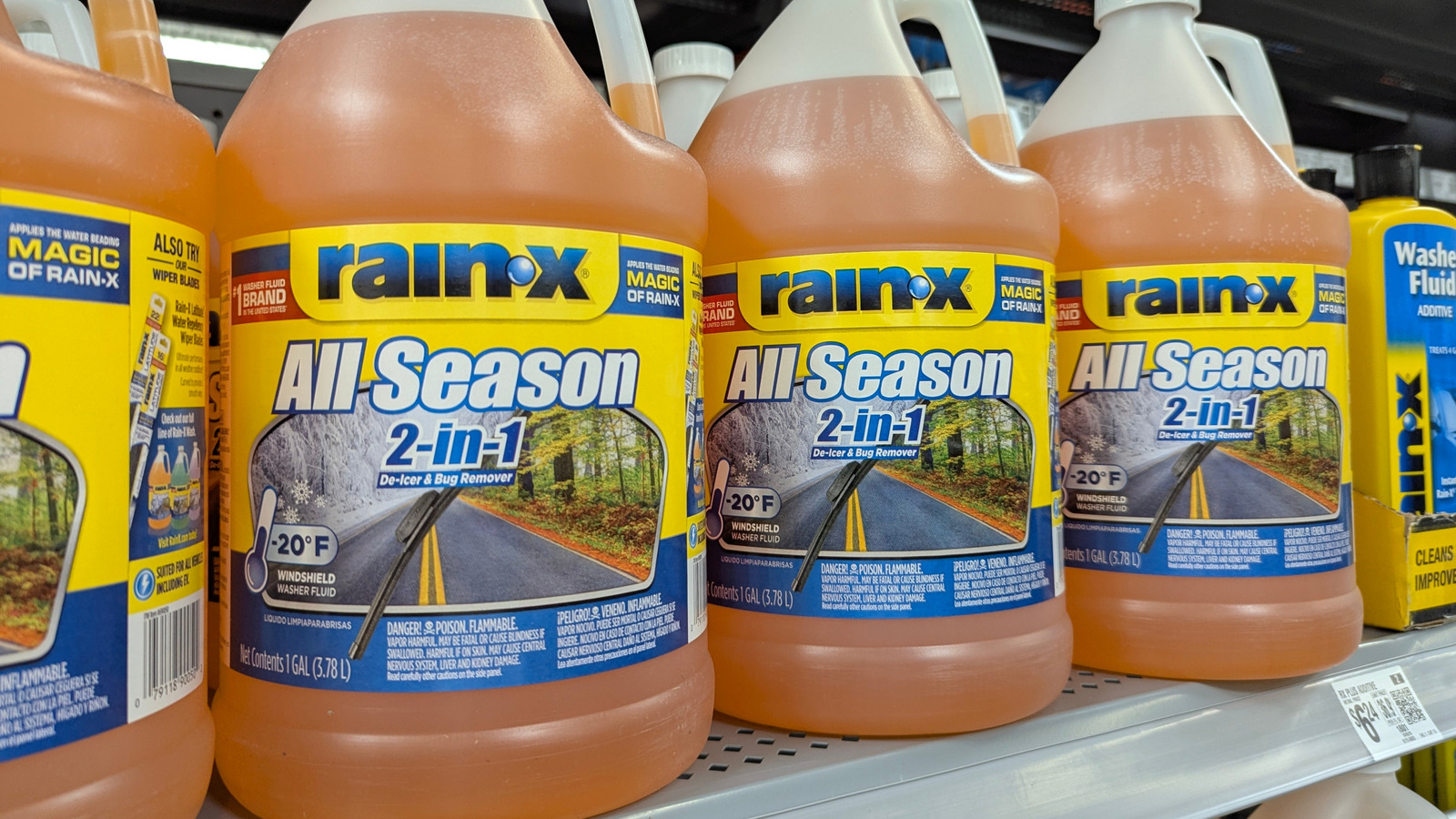































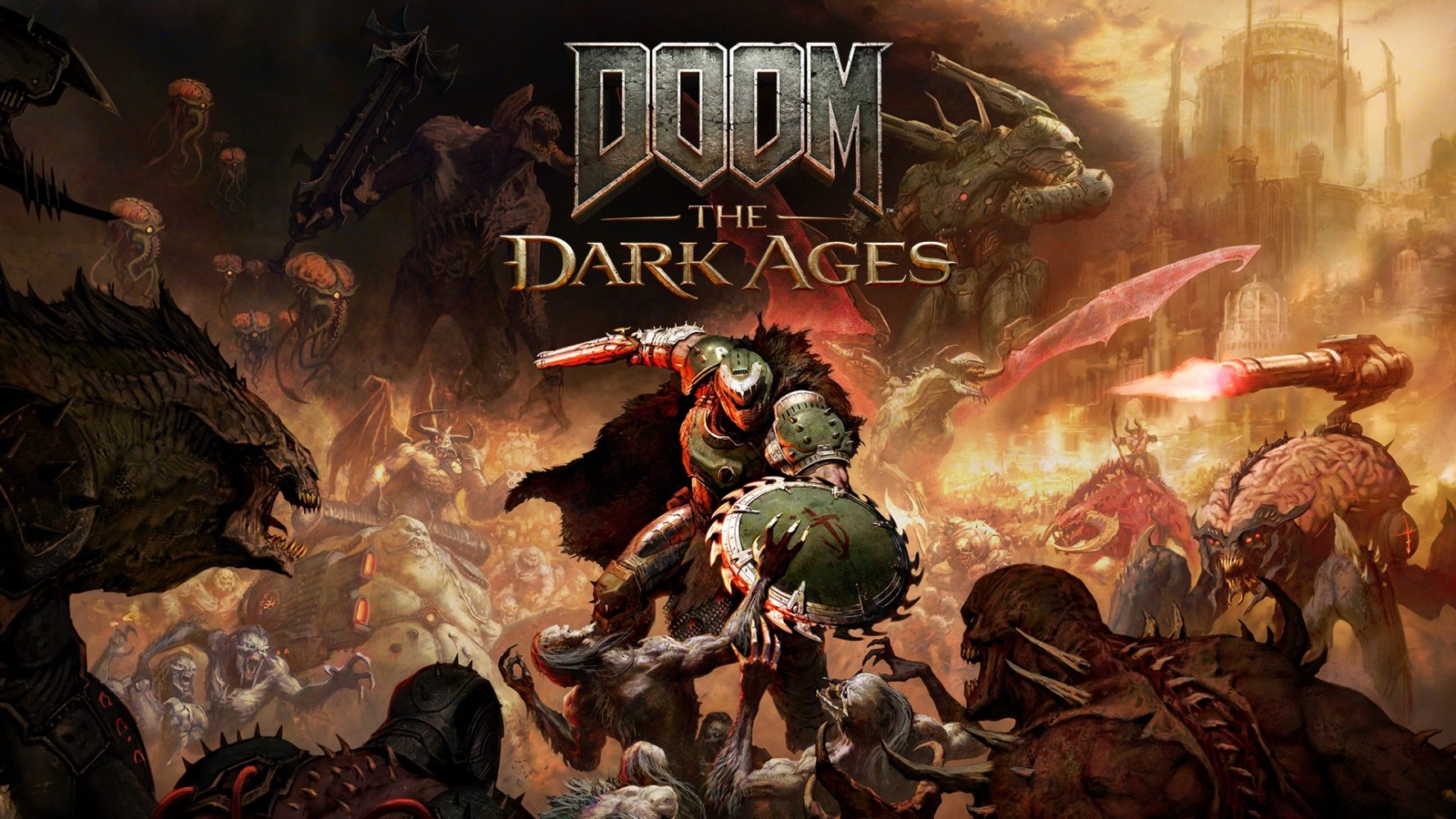





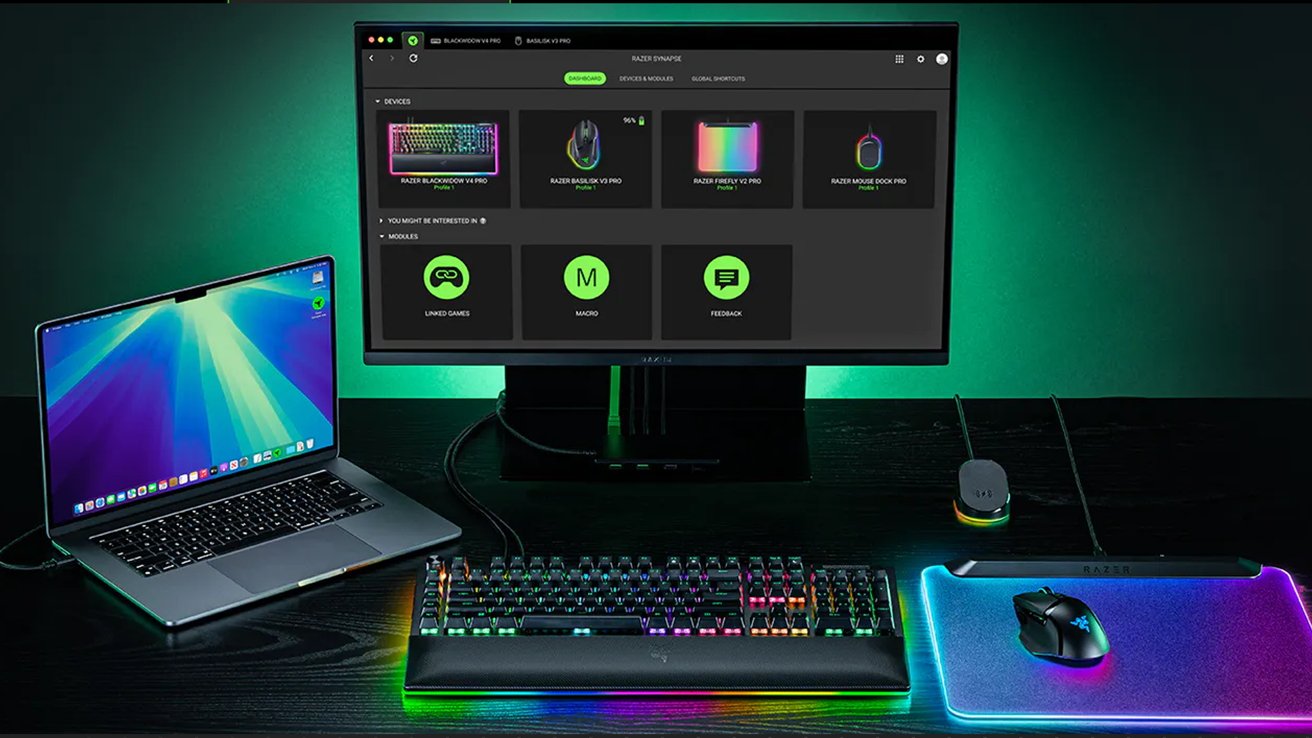
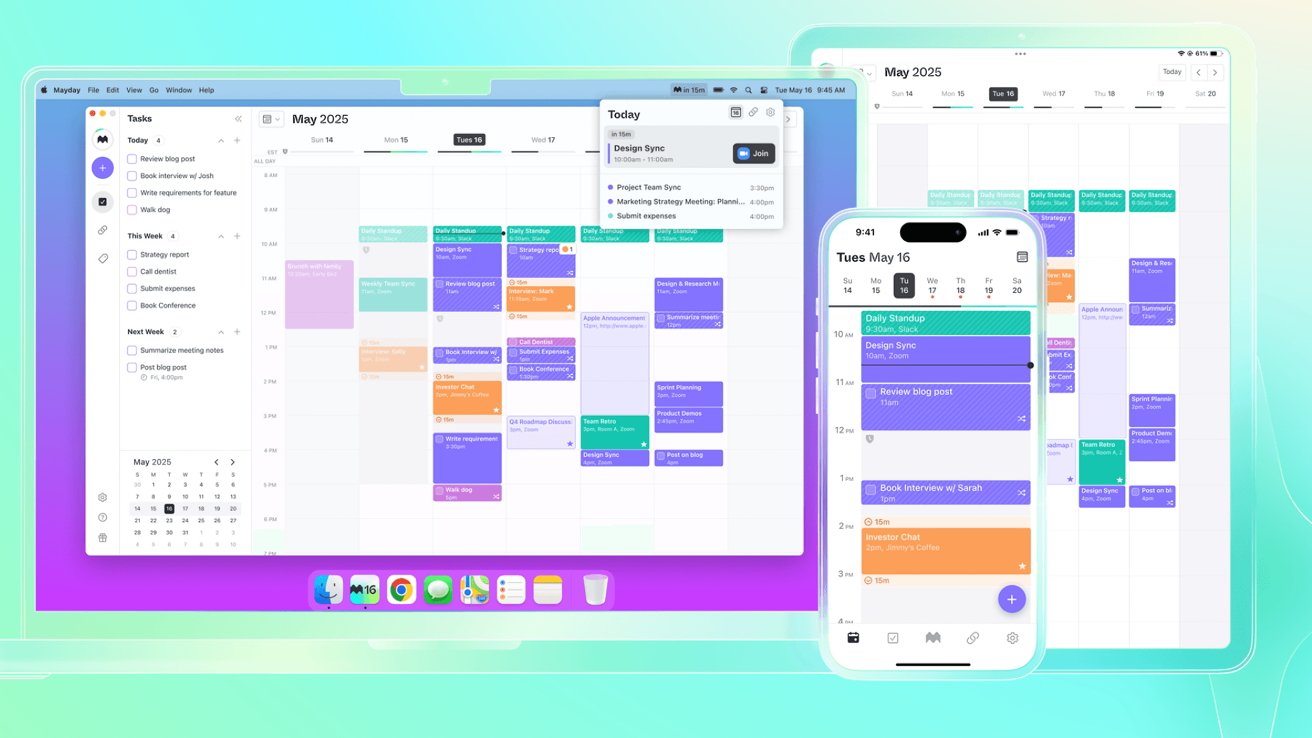
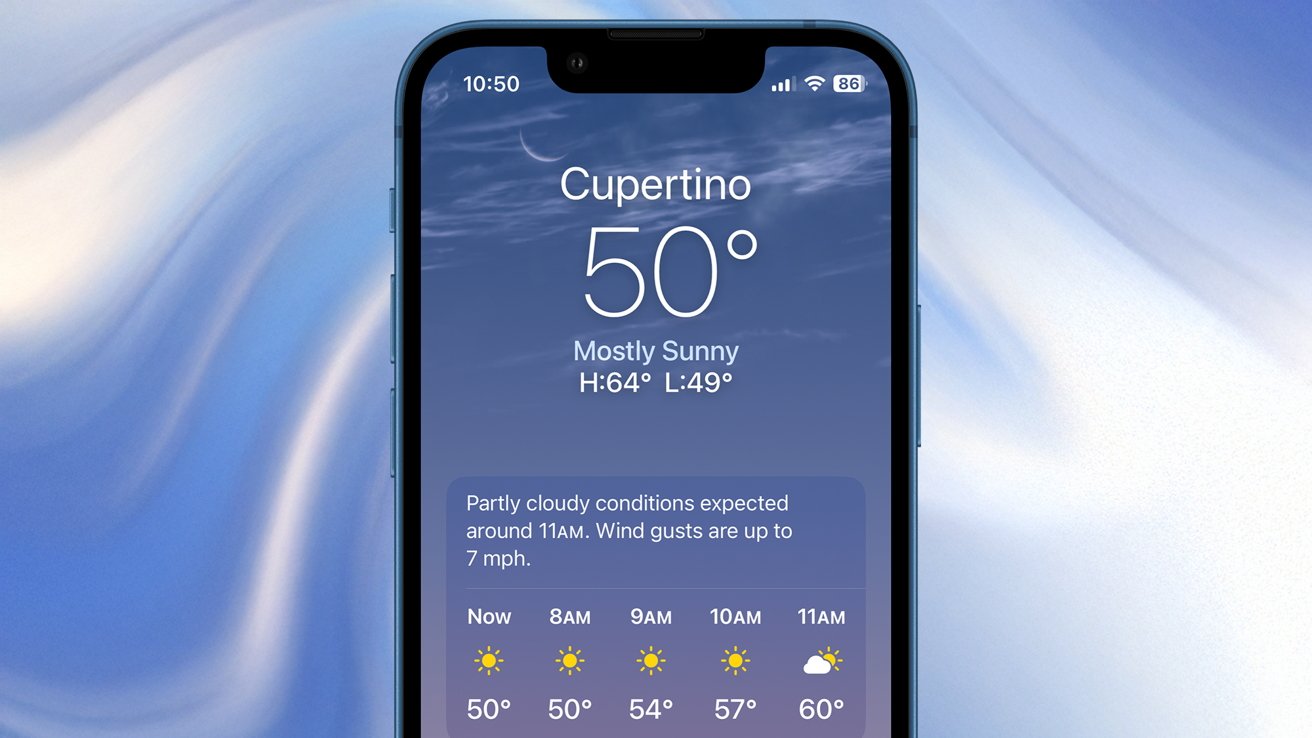






















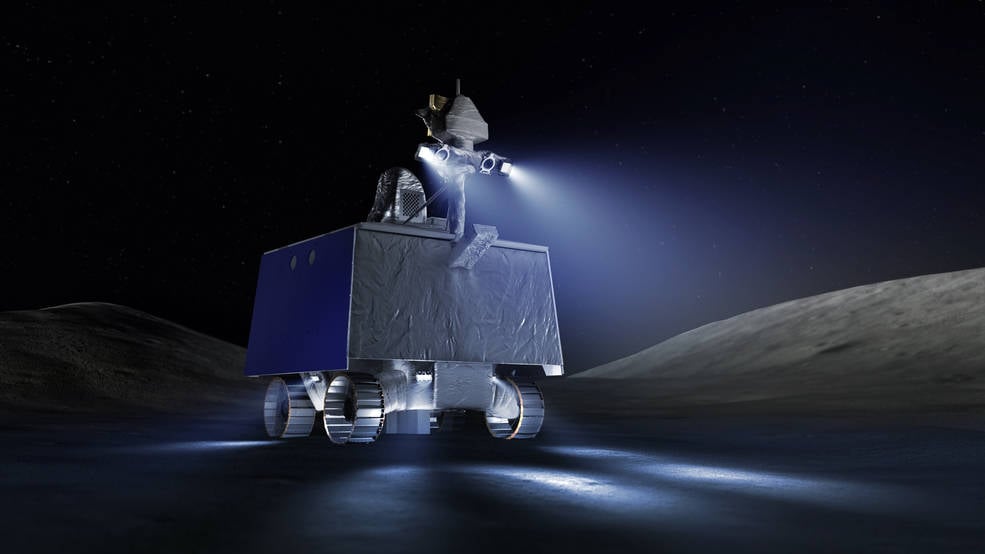




![Apple Foldable iPhone to Feature New Display Tech, 19% Thinner Panel [Rumor]](https://www.iclarified.com/images/news/97271/97271/97271-640.jpg)
![Apple Developing New Chips for Smart Glasses, Macs, AI Servers [Report]](https://www.iclarified.com/images/news/97269/97269/97269-640.jpg)
![Apple Shares New Mother's Day Ad: 'A Gift for Mom' [Video]](https://www.iclarified.com/images/news/97267/97267/97267-640.jpg)

















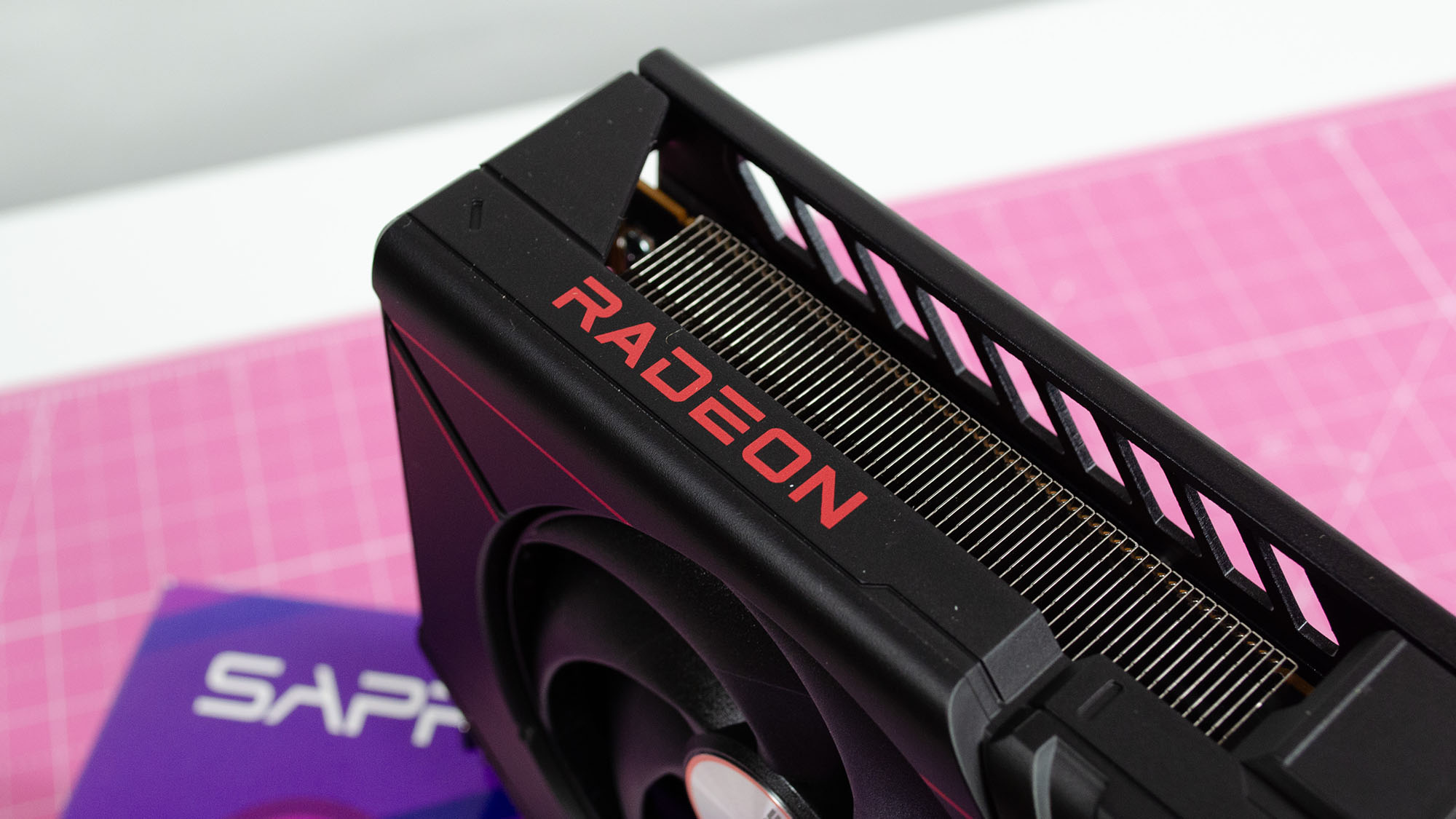



















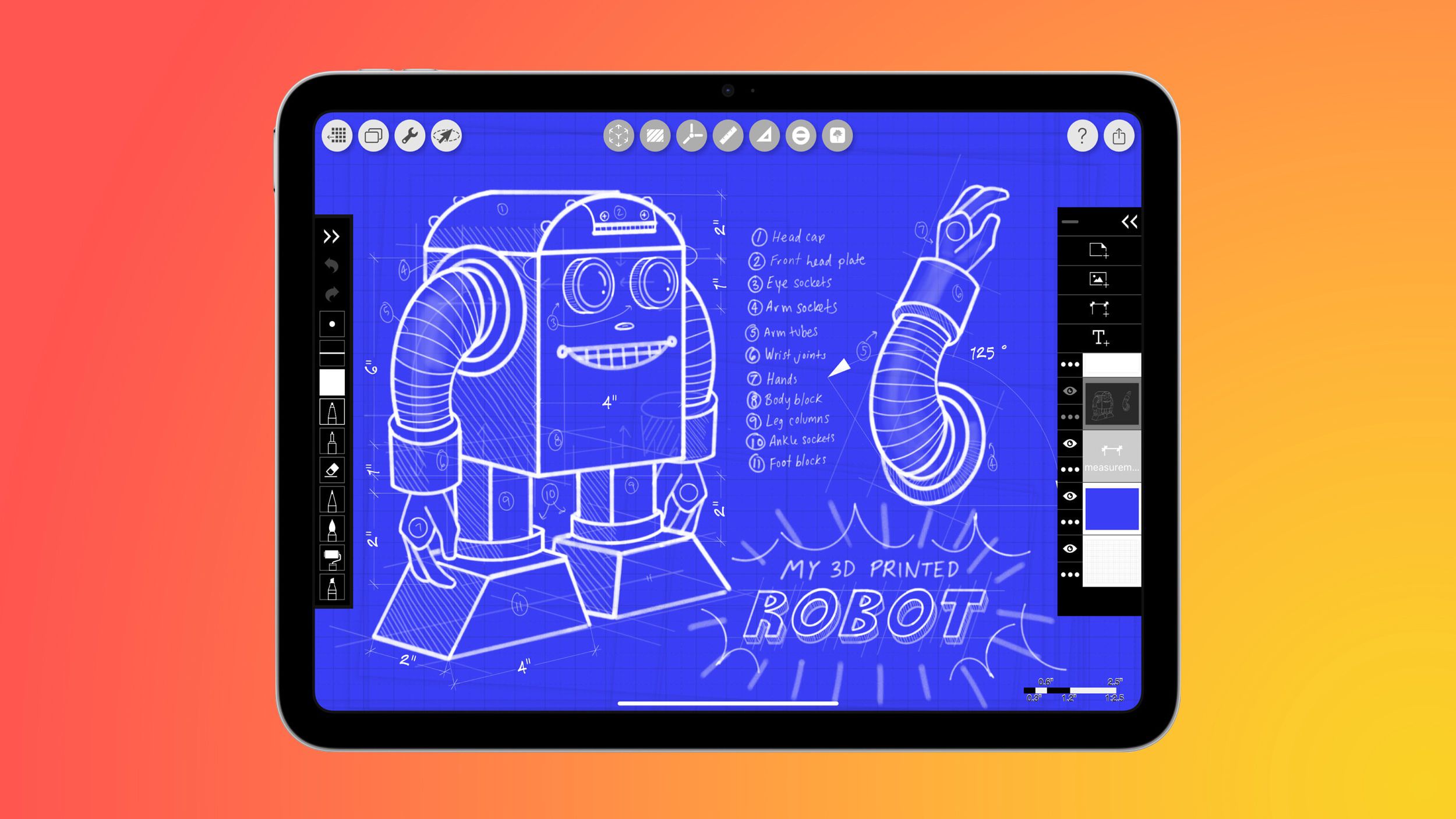
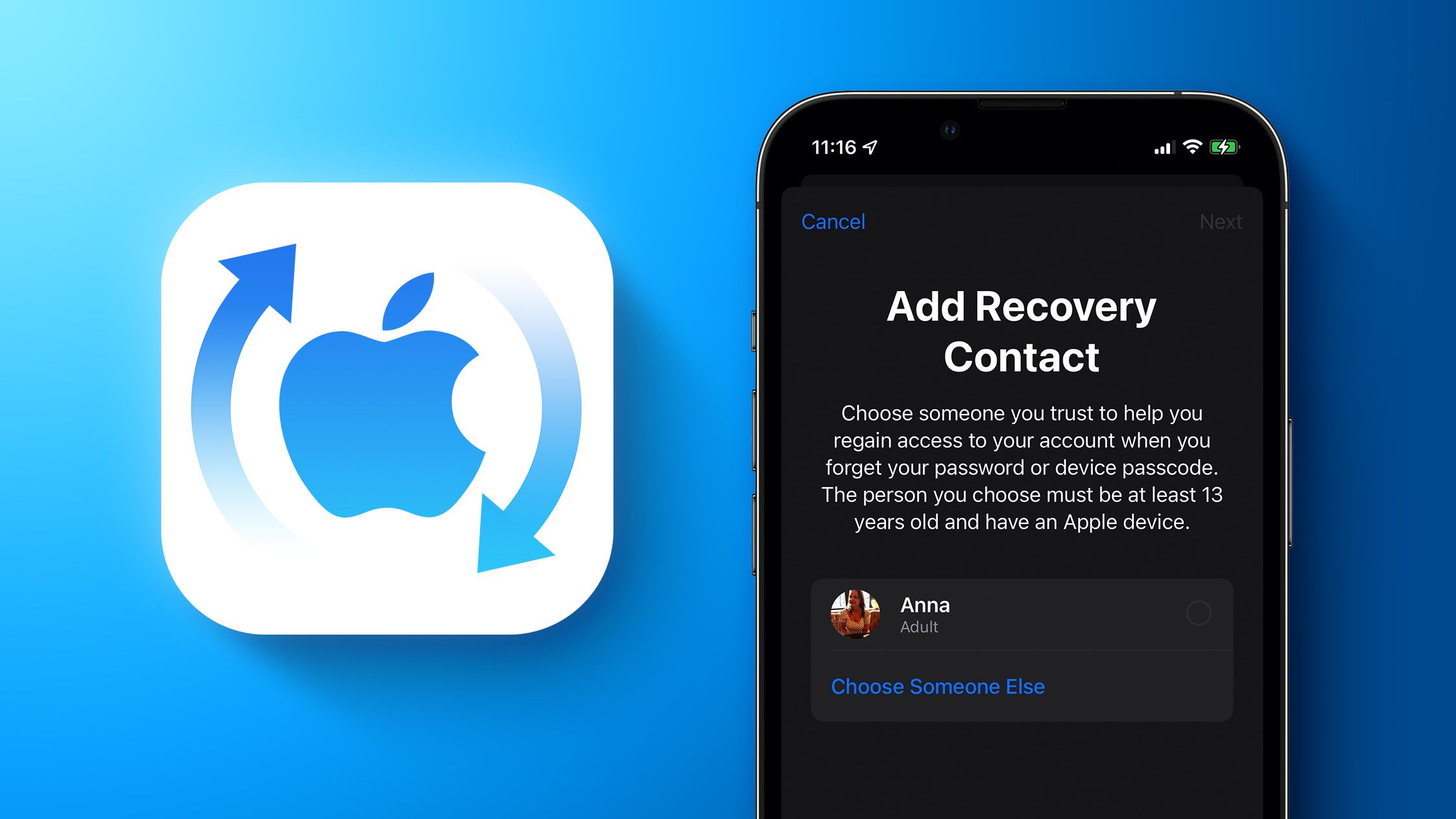





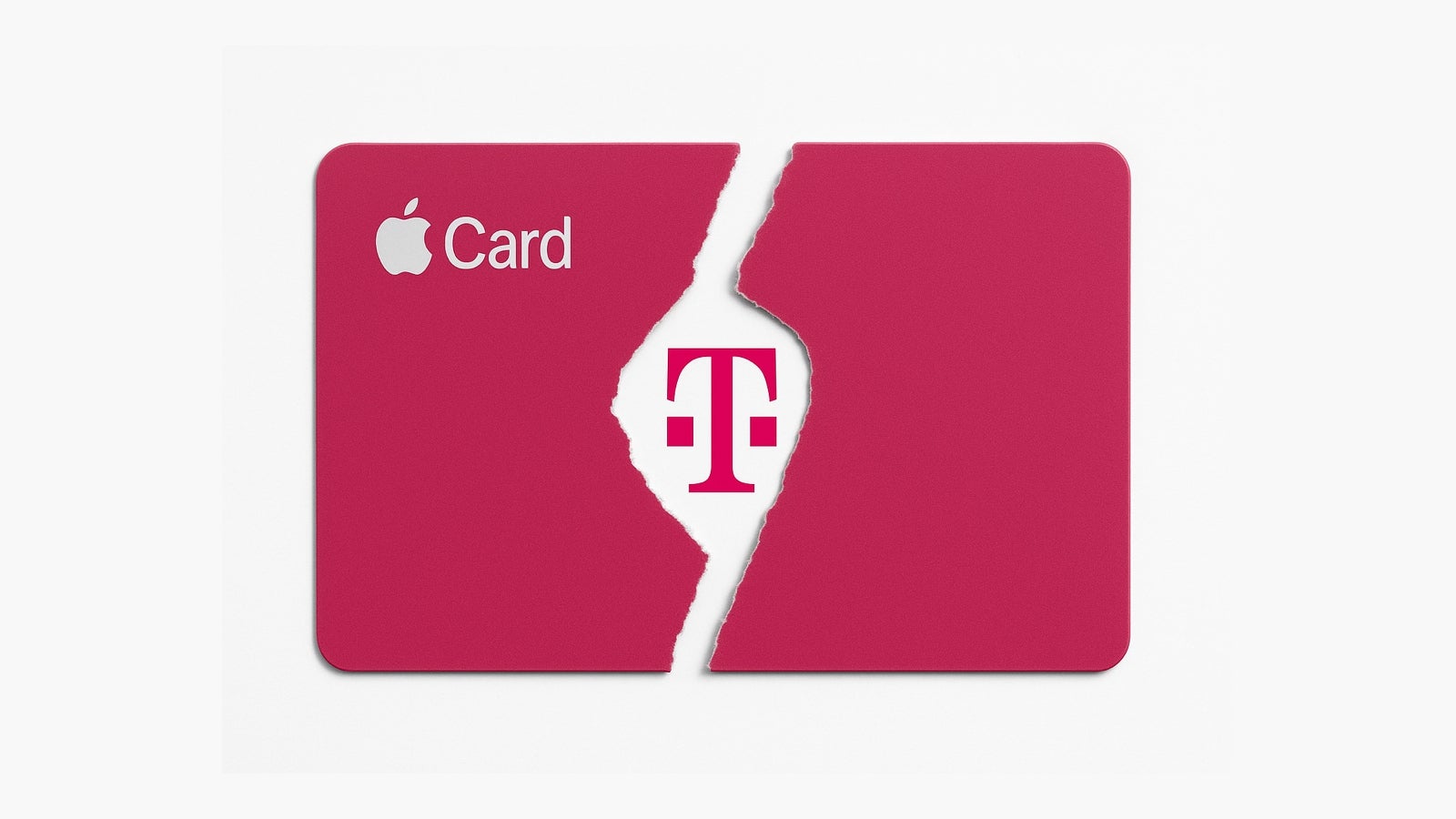






















![[Weekly funding roundup May 3-9] VC inflow into Indian startups touches new high](https://images.yourstory.com/cs/2/220356402d6d11e9aa979329348d4c3e/WeeklyFundingRoundupNewLogo1-1739546168054.jpg)





























